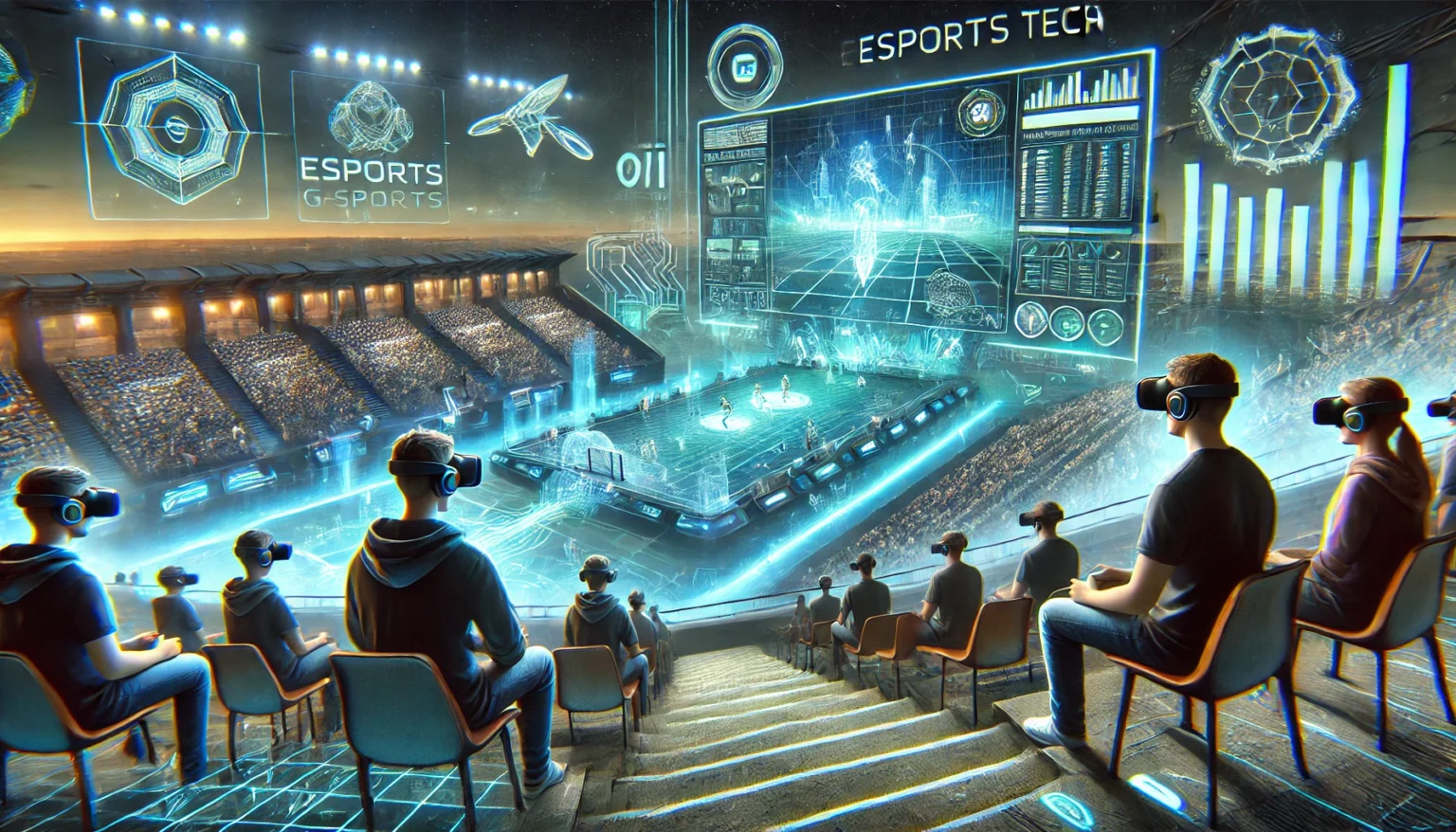eTrueSports Tech is redefining the sports and esports landscapes by integrating cutting-edge technologies. This fusion enhances athlete performance and transforms how fans interact with their favorite sports. eTrueSports Tech encompasses everything from real-time data analytics to immersive virtual experiences, making it a cornerstone of modern competitive sports.
Table of Contents
In the realm of sports technology, eTrueSports Tech stands out by providing tools that not only improve the physical capabilities of athletes but also enrich the spectator experience. Whether it’s through sophisticated wearables that monitor athletes’ biometrics or AR systems that offer fans a virtual front-row seat, the technology is setting new standards in the industry. This introduction serves as a gateway to exploring the profound impact of these technologies on both the field and beyond.
The Evolution of eTrueSports Tech
The story of eTrueSports Tech is not just about technological evolution; it’s about a revolution that has transformed how sports and games are played and viewed. Starting from the early days of video gaming in the 1970s to the advanced esports platforms of today, technology has played a pivotal role. Initially, video games were simple, arcade-style games, but they have evolved into complex, immersive experiences that require strategic thinking and real-time team coordination.
During the 1990s, with the advent of the internet, players from different parts of the world began competing against each other. This era marked the transition from gaming being a casual, localized activity to becoming a global phenomenon. The introduction of platforms that could host large-scale tournaments online brought about a new era where esports became as significant as traditional sports. This section delves into how eTrueSports Tech has been at the forefront of this transformation, pushing the boundaries of what’s possible in the digital arena.
Core Technologies Driving eTrueSports Tech
At the heart of eTrueSports Tech are several key technologies that have pushed the envelope in sports science and entertainment. Artificial Intelligence (AI), for instance, is crucial for analyzing massive amounts of data from live games to enhance coaching strategies and player performance. AI algorithms process data on player movements, strategies, and overall game dynamics to provide insights that were previously unattainable.
Virtual Reality (VR) and Augmented Reality (AR) technologies create immersive environments that simulate real-world sports settings, allowing for detailed training sessions and providing fans with a virtual stadium experience from the comfort of their homes. Meanwhile, blockchain technology offers a secure and transparent way to handle ticketing, merchandise sales, and fan rewards, revolutionizing how transactions are conducted within the sports industry. This section explores these technologies in depth, highlighting their roles and impacts on modern sports and gaming.
Impact on Competitive Gaming (Esports)
eTrueSports Tech has significantly impacted the esports industry by enhancing how games are played and experienced by spectators. With esports becoming a major part of the global sports ecosystem, technologies like high-speed internet, 5G, and advanced software have made online gaming more seamless and competitive. The ability to stream live events with minimal delay has opened up esports to a global audience, making it one of the fastest-growing sectors in sports.
Tournaments now feature advanced tech setups that include real-time player tracking, instant replay capabilities, and analytics that provide a deeper understanding of game dynamics. These technologies have not only improved the quality of play but have also made watching esports more engaging and interactive. This section will provide examples of major esports events that have utilized eTrueSports Tech and discuss the future potential of these technologies in competitive gaming.
Wearable Technology and Athlete Performance
Wearable technology has become a game-changer in how athletes train and perform. Devices like fitness trackers, smartwatches, and sensor-equipped clothing collect data on an athlete’s heart rate, movement speed, and overall physical output. This data is invaluable for coaches and sports scientists who use it to tailor training programs that maximize athletes’ performance while minimizing the risk of injury.
The integration of eTrueSports Tech in wearables offers a more granular view of an athlete’s physiological and biomechanical metrics during both practice sessions and actual competitions. This section discusses the types of wearable technologies being used today, their benefits to athletes, and how they are transforming sports science.
Fan Engagement and Interactive Experiences
eTrueSports Tech also plays a crucial role in how fans engage with their favorite sports and teams. Through AR and VR, fans can experience games as if they were physically present in the stadium. For instance, AR applications can overlay game stats and player information directly onto a live broadcast, enhancing the viewing experience.
This technology not only keeps fans more informed but also makes watching sports more interactive and enjoyable. This section will explore various case studies where eTrueSports Tech has been used to engage fans, including interactive fan zones at major sporting events and virtual meet-and-greet sessions with athletes.
The Future of eTrueSports Tech
Looking ahead, the future of eTrueSports Tech is filled with possibilities. As technologies continue to evolve, we can expect even more innovative applications that will further transform the sports industry. Challenges such as data privacy, ethical AI use, and ensuring equitable access to technology will need to be addressed to maximize the benefits of these innovations.
This concluding section will speculate on future trends in eTrueSports Tech, consider upcoming technological advancements, and discuss the potential societal impacts of these technologies on sports and beyond.
Conclusion
As we look ahead, the evolution of eTrueSports Tech promises to further redefine the boundaries of sports and esports, transforming not just how athletes train and compete, but also how fans interact with their favorite sports. With advancements in AI, VR, AR, and blockchain technologies, the future of sports tech is poised to enhance athletic performance, enrich fan experiences, and increase accessibility to sports through innovative digital solutions. As this technology continues to grow, it will undoubtedly open new avenues for engagement, analytics, and entertainment, ensuring that sports remain at the forefront of technological innovation and societal change.
Read More game etruesports
